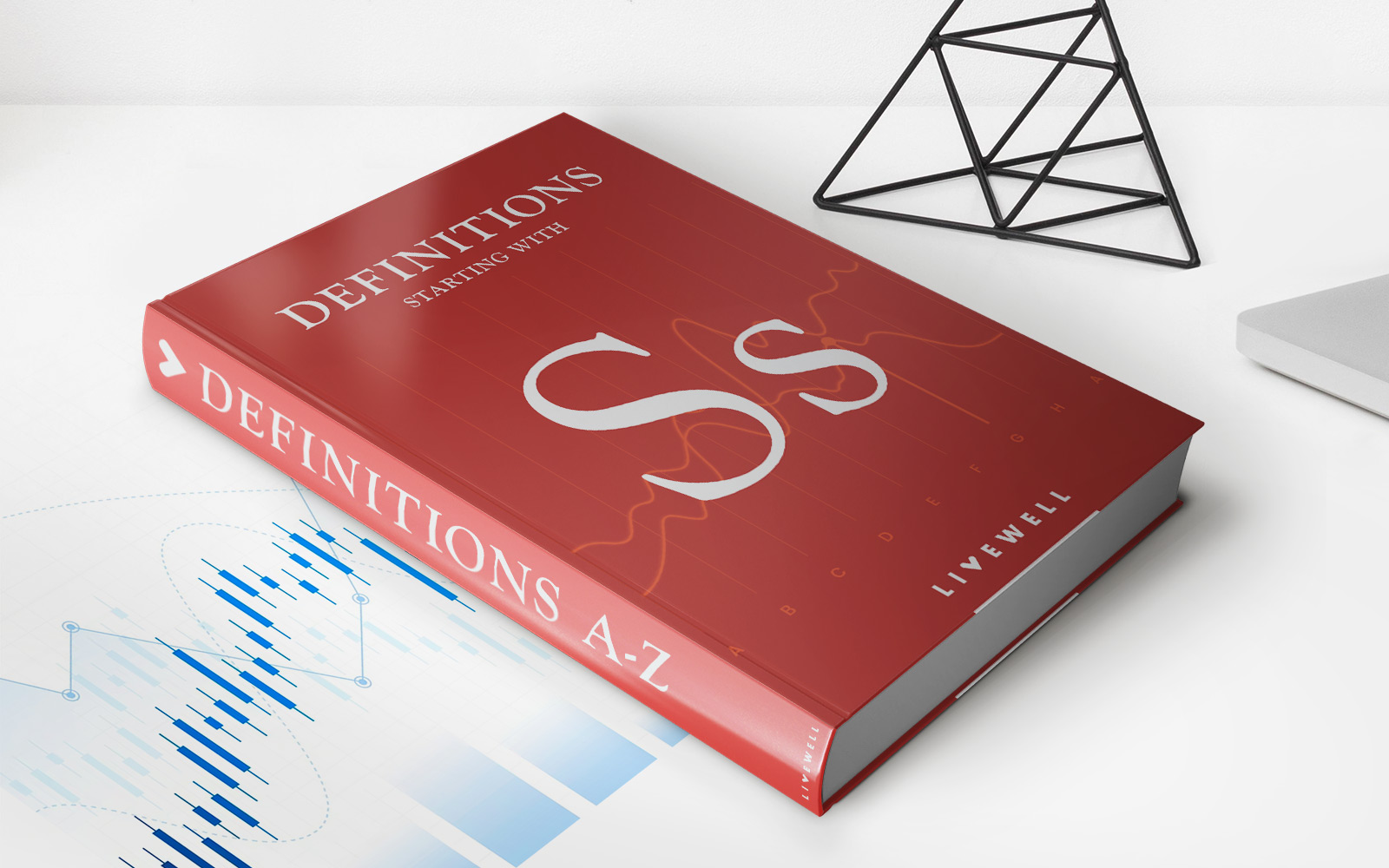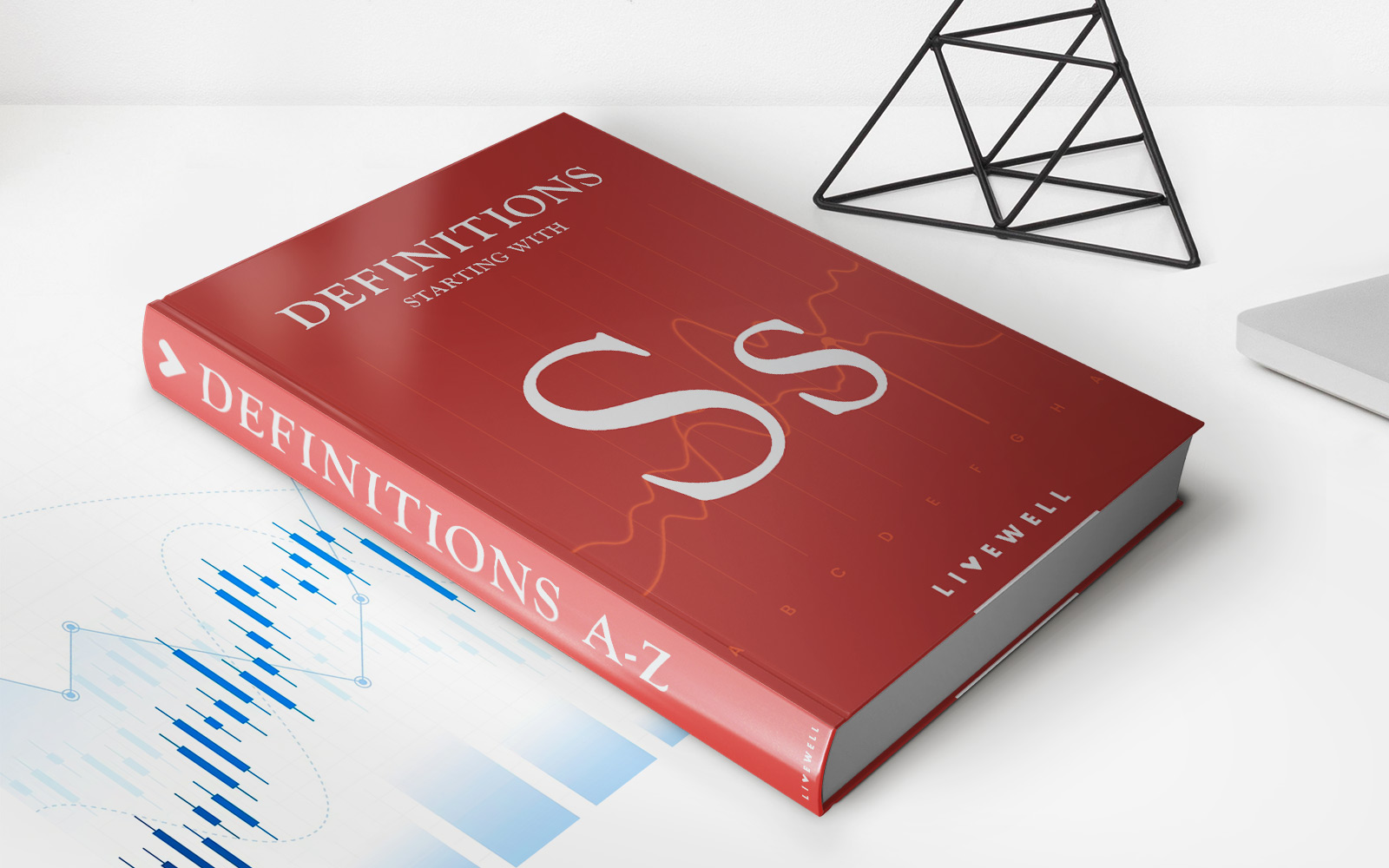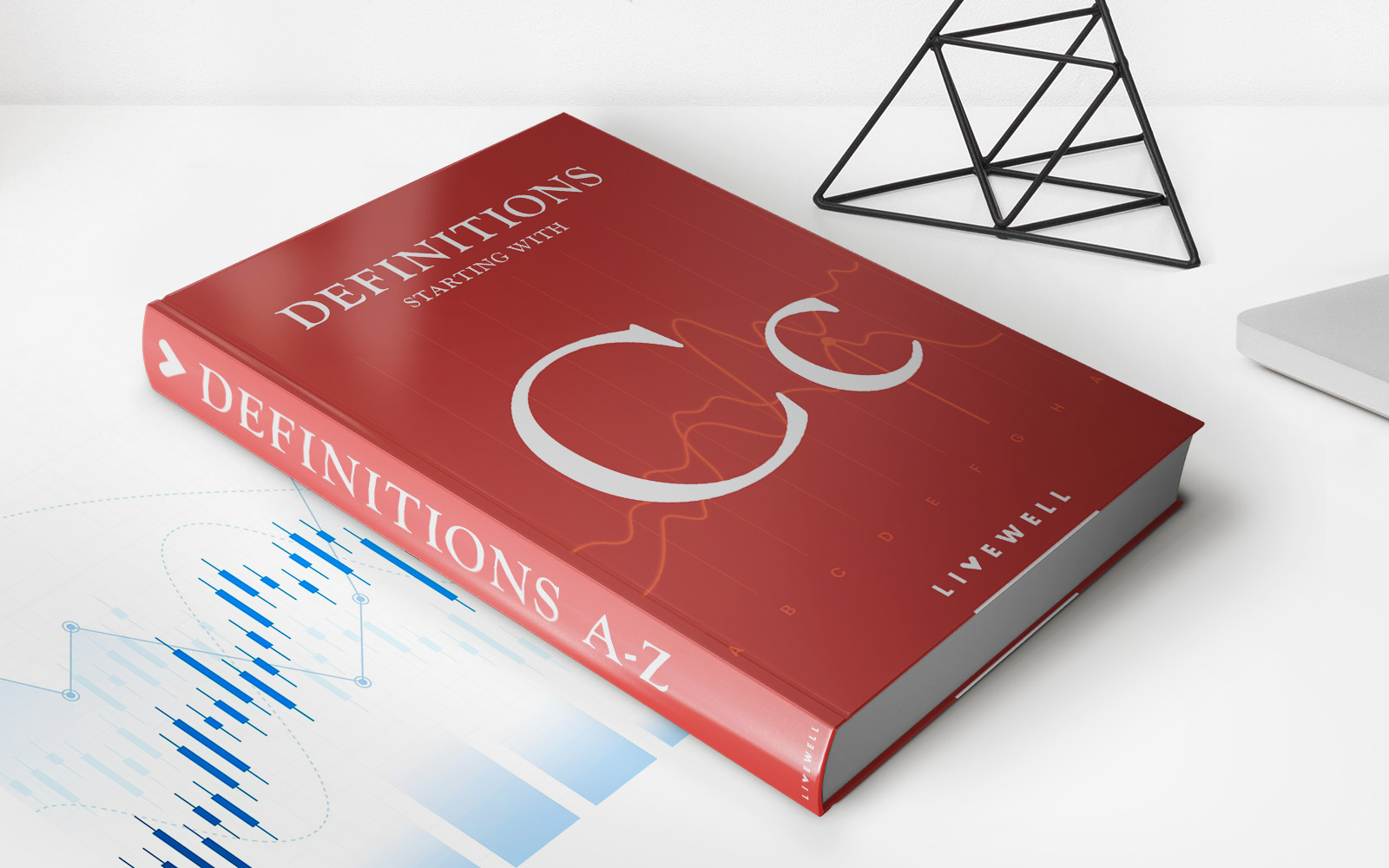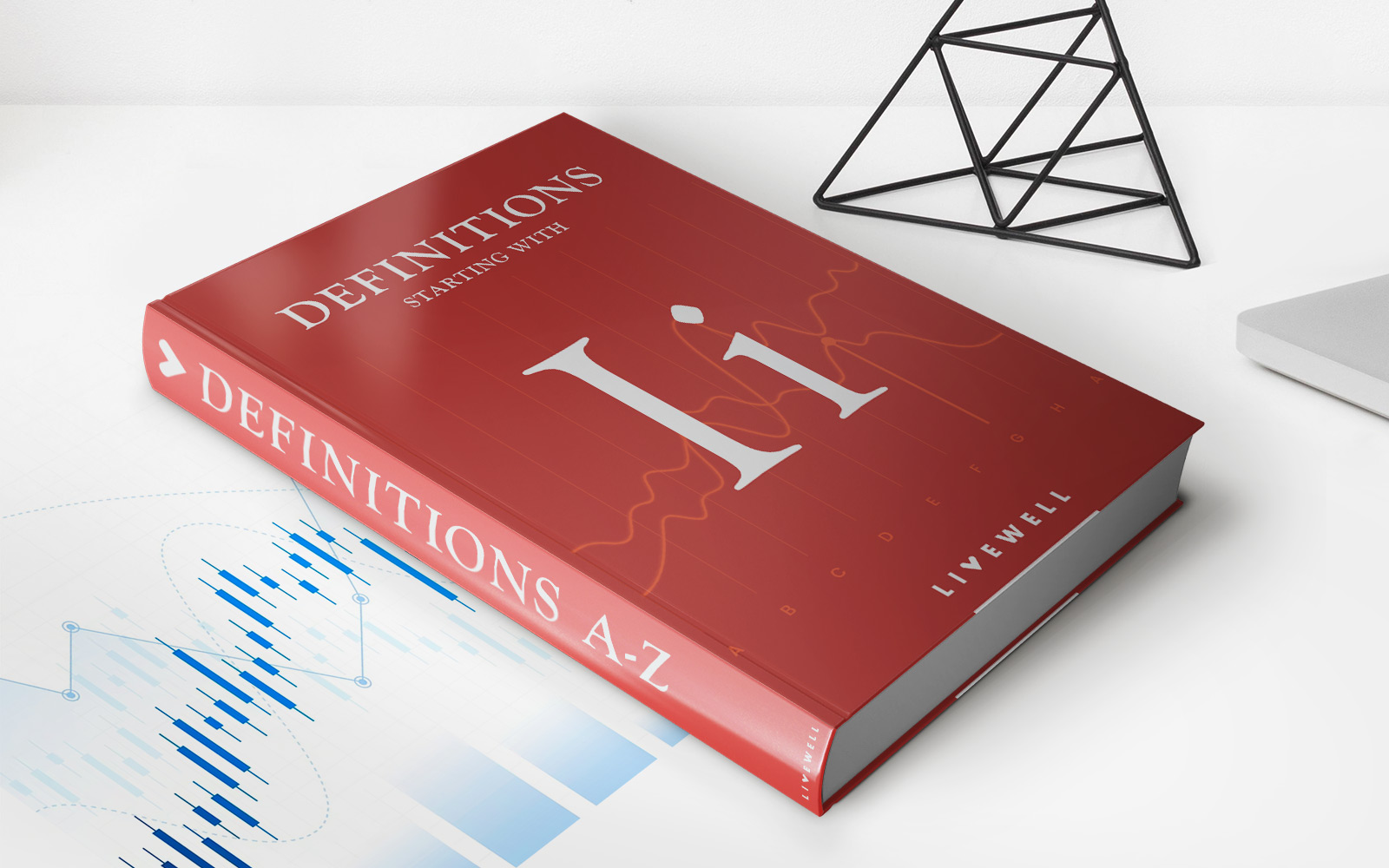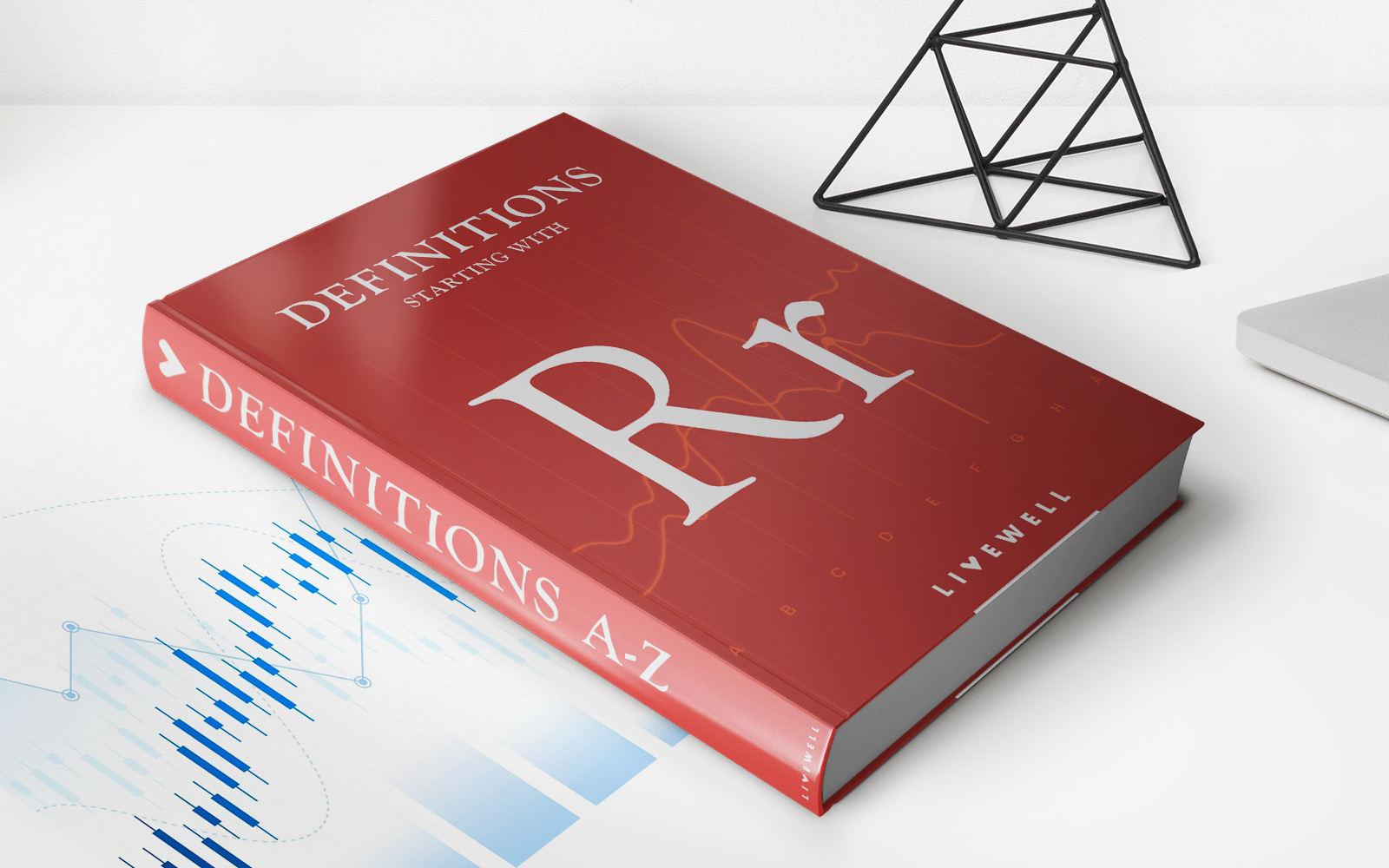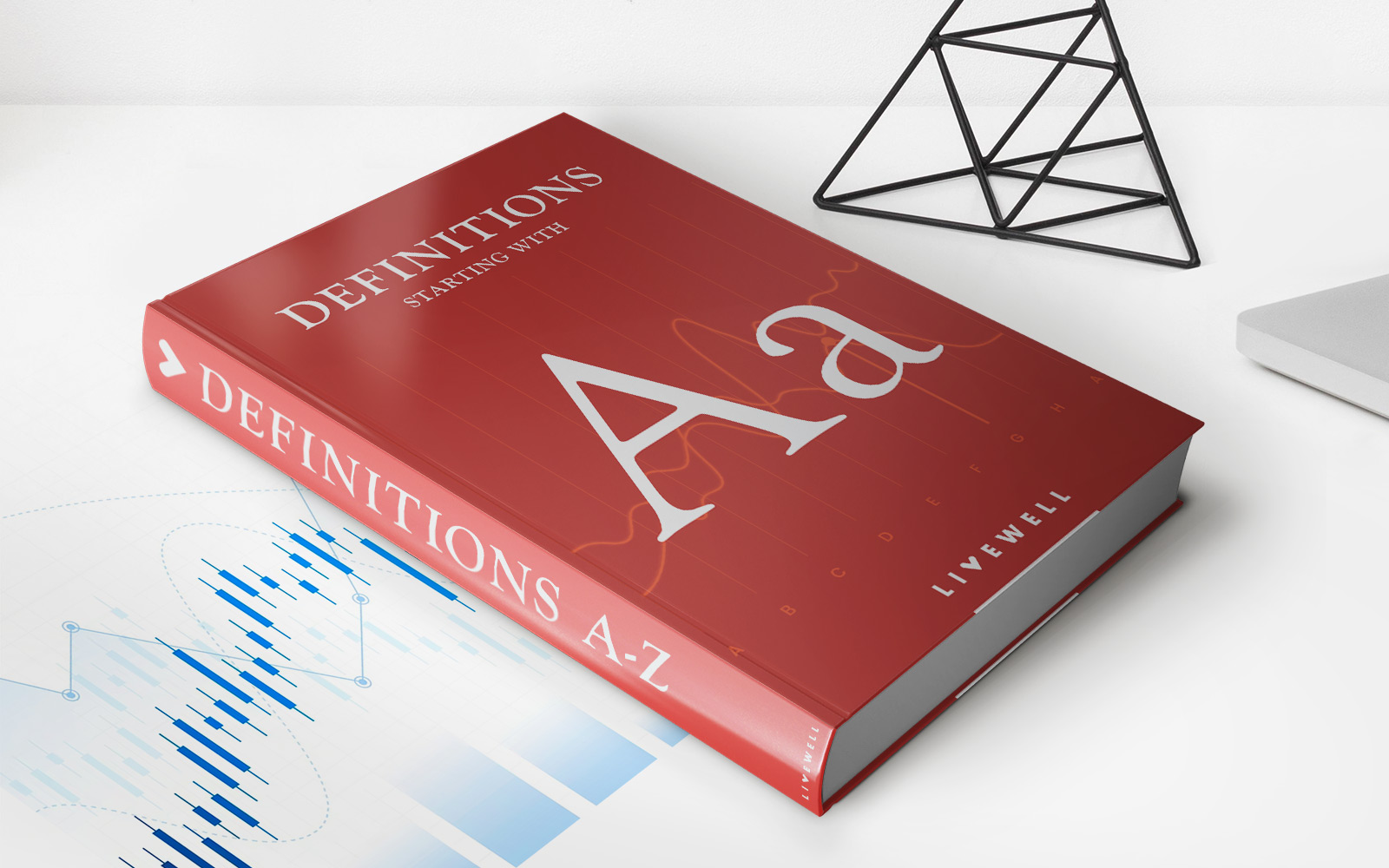Home>Finance>Term Deposit: Definition, How It’s Used, Rates, And How To Invest
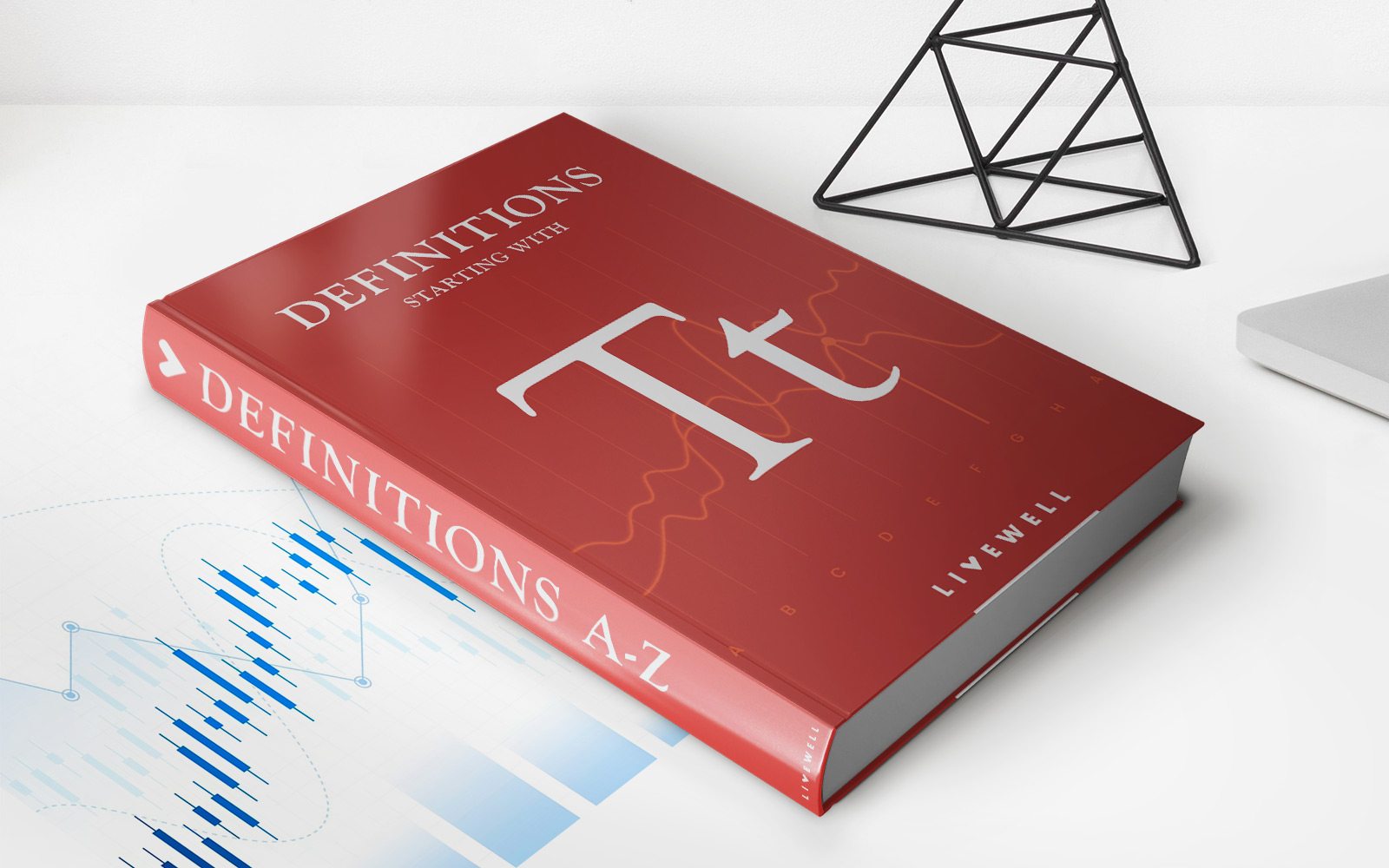

Finance
Term Deposit: Definition, How It’s Used, Rates, And How To Invest
Published: February 7, 2024
Learn about term deposits in finance, including their definition, usage, rates, and investment strategies. Start building your financial portfolio now!
(Many of the links in this article redirect to a specific reviewed product. Your purchase of these products through affiliate links helps to generate commission for LiveWell, at no extra cost. Learn more)
Term Deposit: Definition, How It’s Used, Rates, and How to Invest
Welcome to our Finance category, where we explore important financial topics to help you make informed decisions about your money. In this blog post, we will dive into the world of term deposits, discussing their definition, how they are used, interest rates, and how you can invest in them. So, if you’re looking for a safe and reliable investment option, read on to find out everything you need to know about term deposits.
Key Takeaways:
- Term deposits are a type of investment that offer a fixed interest rate over a specified period of time.
- They are considered low-risk investments as they are insured by the government and provide a guaranteed return.
What is a Term Deposit?
Term deposits, also known as certificates of deposit (CDs), are financial products offered by banks and other financial institutions. They allow you to invest a certain amount of money for a fixed period of time, usually ranging from a few months to several years. During this period, your funds are locked in, and you cannot withdraw them without incurring penalties.
One of the most attractive features of term deposits is their fixed interest rates. Unlike other investments whose returns fluctuate with market conditions, term deposits offer a predetermined interest rate that remains constant throughout the entire investment term. This provides stability and allows you to accurately calculate the exact return you will receive at the end of the term.
Interest Rates and Benefits
When it comes to interest rates, term deposits typically offer higher rates compared to regular savings accounts. The longer the term you choose, the higher the interest rate you can expect. This is because by locking your money away for a longer period, you are providing the bank with a more stable source of funding, and they reward you with a higher return.
The guaranteed return on a term deposit makes it an attractive option for risk-averse investors who are looking for a safe way to grow their wealth. Additionally, term deposits are insured by the government up to a certain limit (varying by country), further adding to their appeal.
Some key benefits of term deposits include:
- Stability: As mentioned, term deposits offer a steady and predictable return on investment, making them an excellent choice for those seeking stability.
- Low-risk investment: With government insurance and fixed interest rates, term deposits are considered a low-risk investment option.
- Flexible terms: Financial institutions offer a range of term options, allowing you to choose the investment duration that suits your financial goals and needs.
- Compound interest: Some term deposits offer the option to have interest compounded, meaning you earn interest not only on your initial investment but also on the accumulated interest over time.
How to Invest in Term Deposits
Investing in term deposits is a straightforward process. Here are the general steps you need to follow:
- Research and compare: Start by researching different financial institutions and their term deposit offerings. Compare interest rates, terms, and conditions to find the best fit for your investment needs.
- Calculate your investment amount: Determine the amount of money you want to invest in the term deposit. Keep in mind that some institutions may require a minimum investment amount.
- Open an account: Visit the chosen financial institution or complete the application process online to open a term deposit account.
- Choose the term: Select the duration of the investment that aligns with your financial goals. Consider both short-term and long-term options.
- Deposit your funds: Transfer the funds needed for the term deposit from your savings or current account into your newly opened term deposit account.
- Wait for maturity: Once your funds are deposited, the term begins. Sit back and relax while your investment earns interest until the maturity date.
- Withdraw or reinvest: When the term deposit reaches its maturity date, you’ll have the option to withdraw the funds or reinvest them into another term deposit.
Remember to review the terms and conditions of the term deposit before making any investment decisions. It’s also wise to seek professional advice or consult with a financial advisor to ensure the investment aligns with your overall financial strategy.
In conclusion, term deposits are a reliable investment option that offers stability and a guaranteed return. Whether you’re saving for a specific goal or simply looking for a low-risk investment, term deposits are worth considering. Start exploring your options today and make your money work for you!
